GAC, one of China’s biggest car makers and a joint-venture partner of Honda and Toyota, is gearing up for a UK launch.
The Chinese state-owned firm, which sold just over two million cars last year, has confirmed it will arrive in the UK with a pair of European-designed electric cars intended to steal market share from some of the world's biggest players.
The smaller of the two is the Aion UT hatchback, billed by its maker as “China’s version of the Mini”.
Designed to suit city commuters, it's slightly longer and wider than the Volkswagen ID 3 – a decision informed by Chinese buyers’ expectations of interior space.
It's priced from the equivalent of just £7500 in its homeland but is expected to cost significantly more in the UK, due to the cost of shipping the car across the globe, plus taxes.
According to GAC COO Thomas Schemera (who was previously a leading figure at Hyundai’s N performance division and at BMW before that), the Aion UT must come in at a competitive price to generate any traction in a difficult market.
“From a price positioning point of view, to be higher than other competitors which have a well-established brand, that would be very challenging,” he said.
“Let me put it this way: we have to be smart and clever here to put our morals on the streets and also to simultaneously build the brand, not just with the product presence but supported by campaigns.
"As long as our brand value is on such a low level, we have to do everything to increase it.


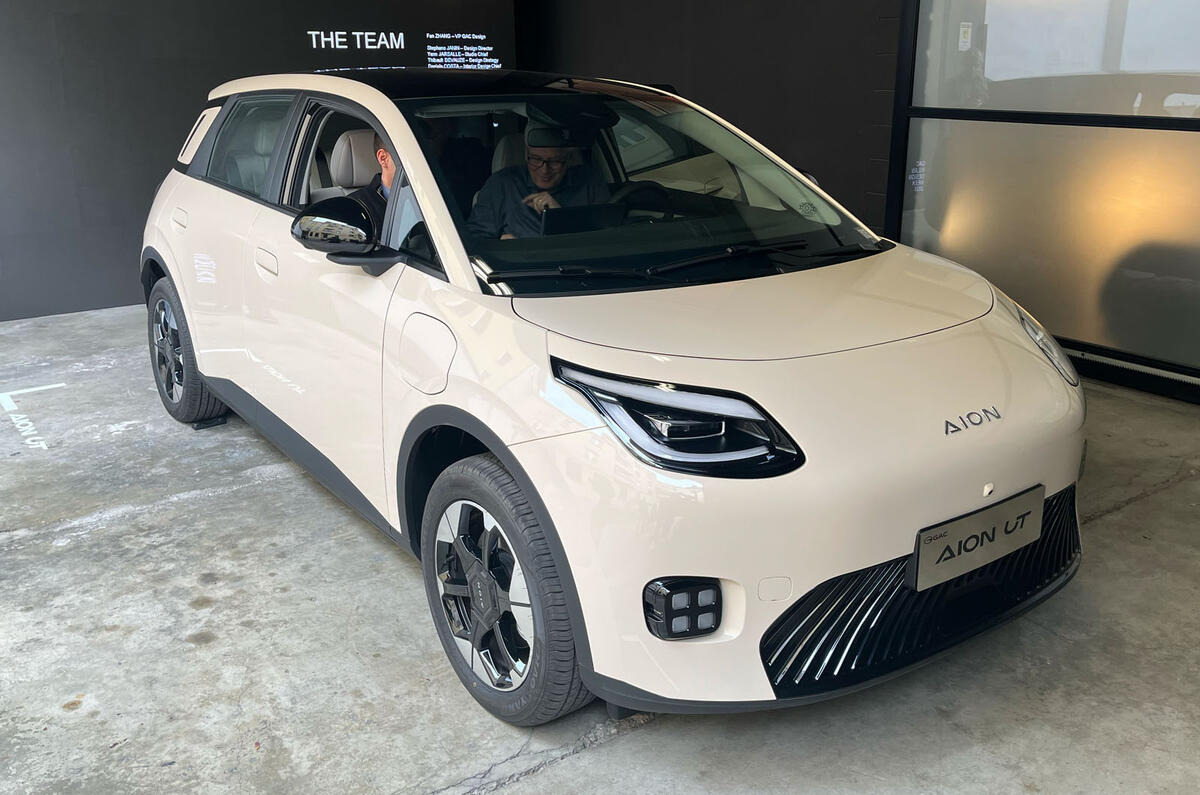
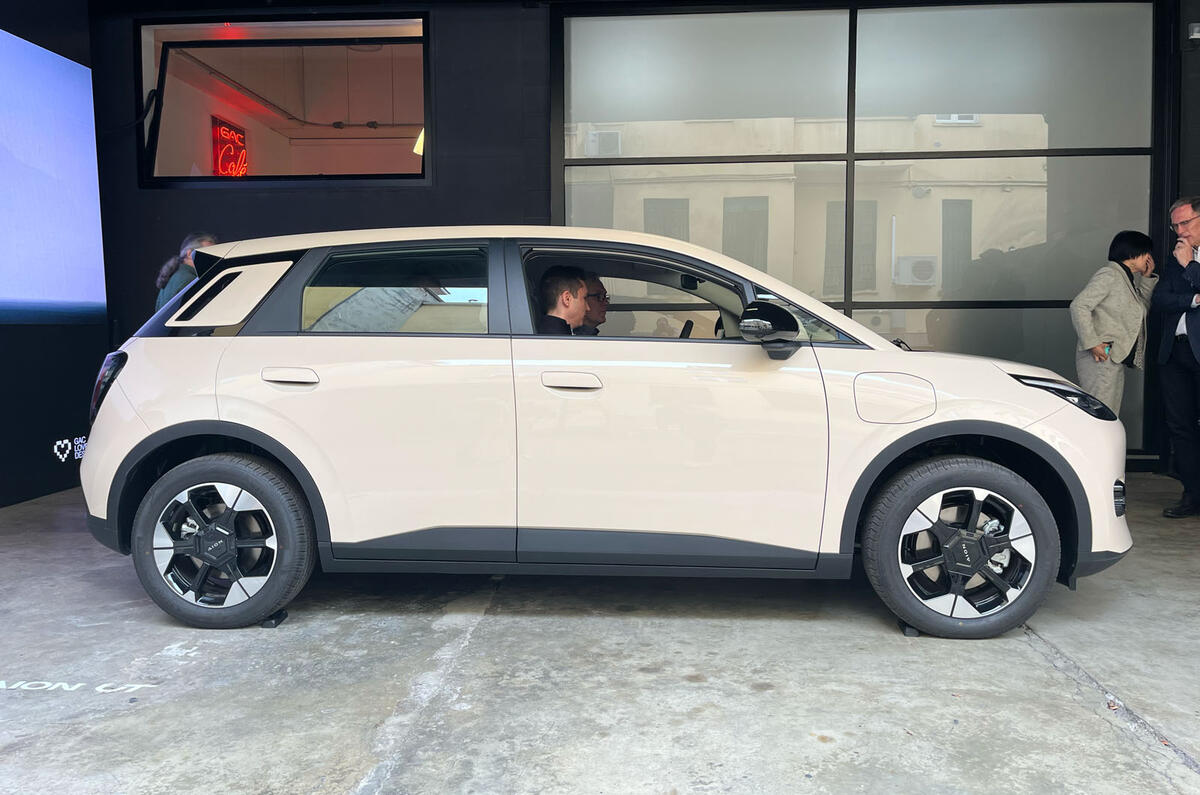
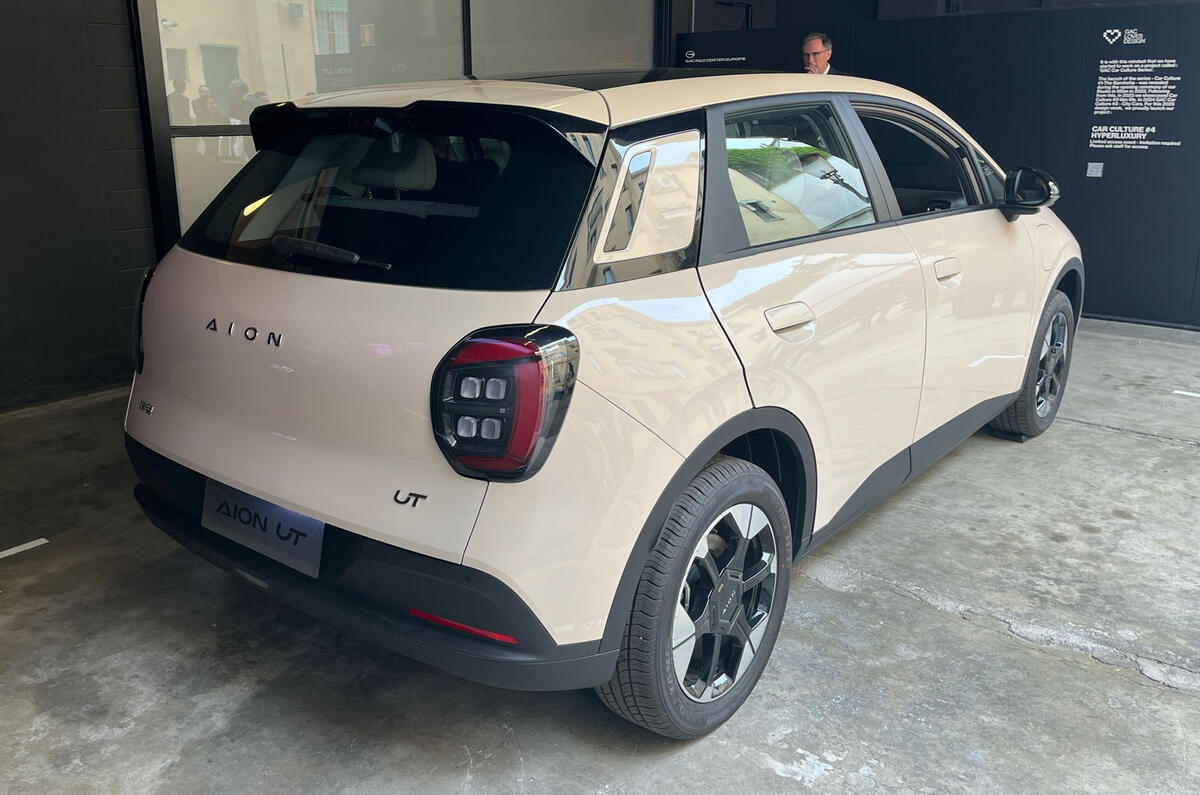

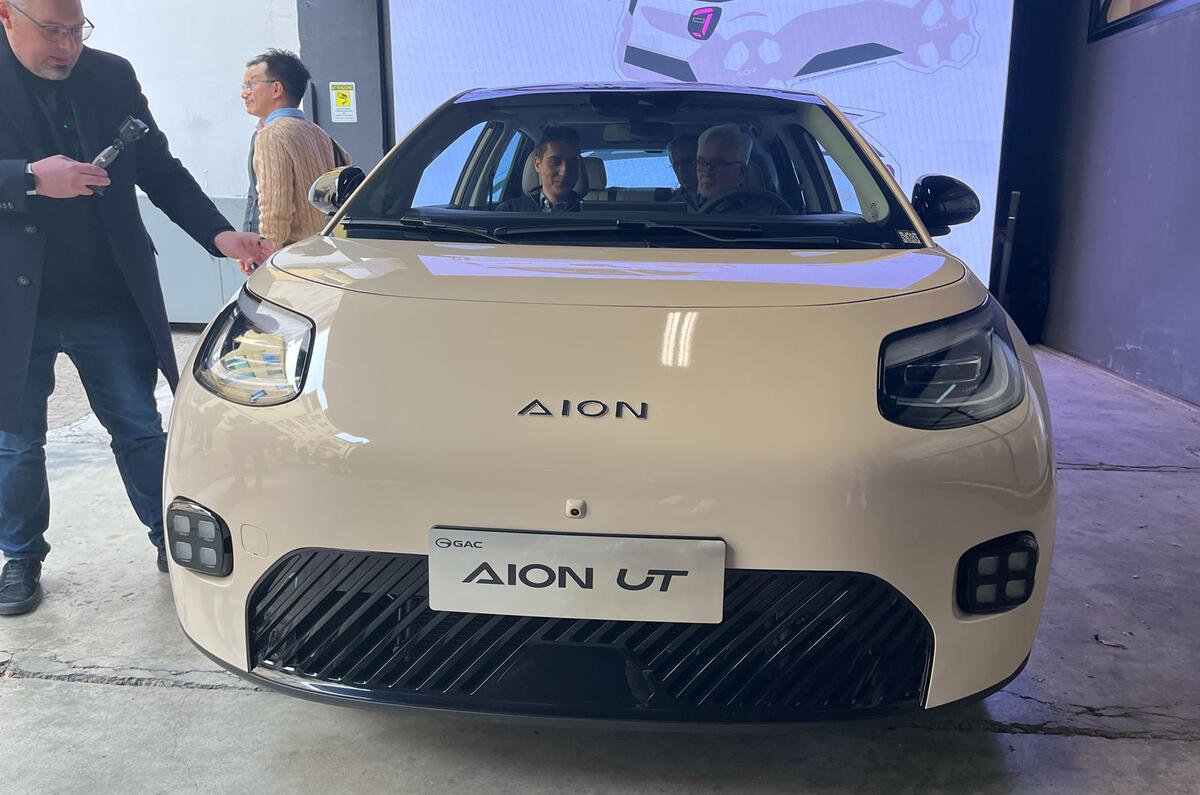
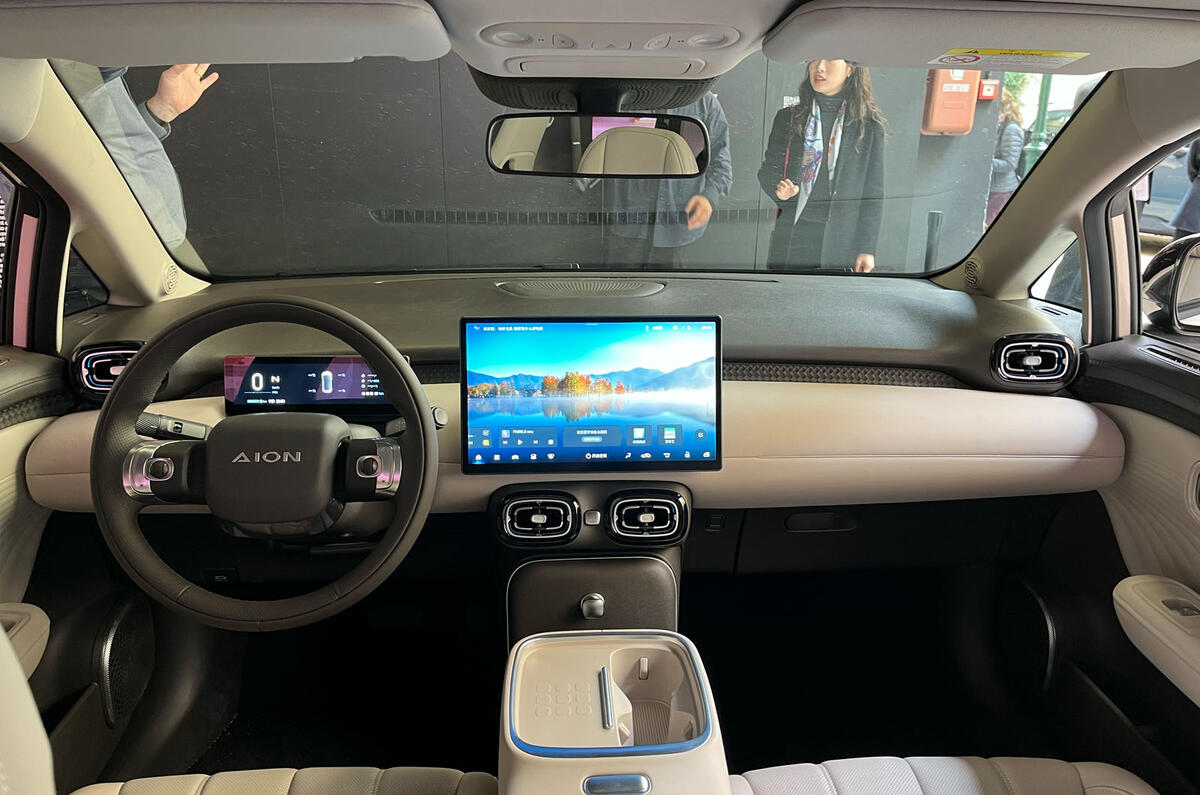








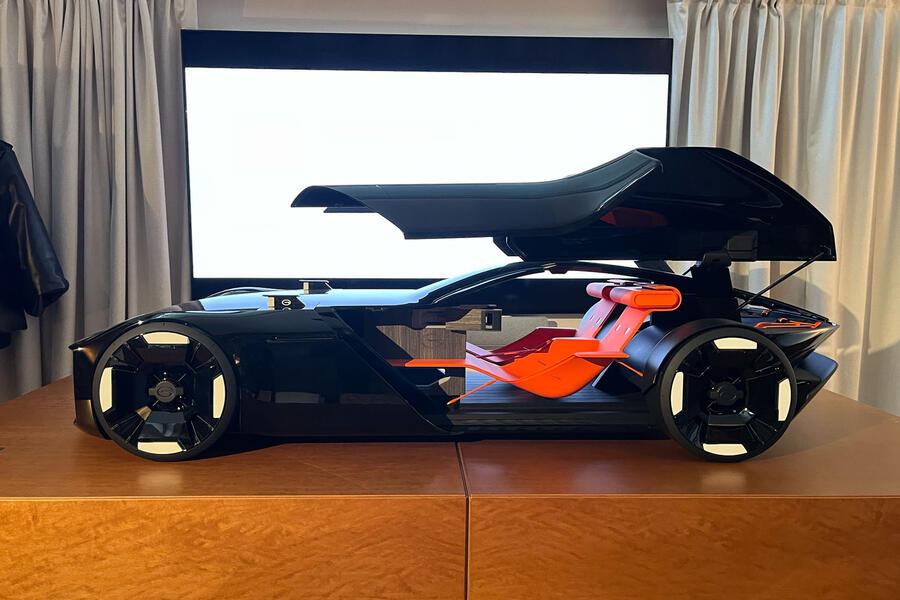





Join the debate
Add your comment
Fail to see the attraction to boring cars built by slave labour. Sorry. I'd rather not. Ever.
The success of any of these new Chinese brands is how they adapt them for UK roads and customers. They are all generally competing in the same (value end of the market) space and few have very distinctive looks so it is going to be hard for those following MG and BYD to establish themselves. With tariffs closing off a lot of markets it could be that in time that it the UK senses that the Chinese are dumping EVs into the market that restrictions - tariffs or quotas - will be applied. This may lead to the withdrawal of the smaller players. GWM (Ora) must be high up on those who are going to struggle in a very competitive market. BTW congratulations to Citroen (eC3), Renault (5) and Dacia (Spring) for facing up to the Chinese competition. They may not be entirely price competitive but they are offering buyers something different/quirky.